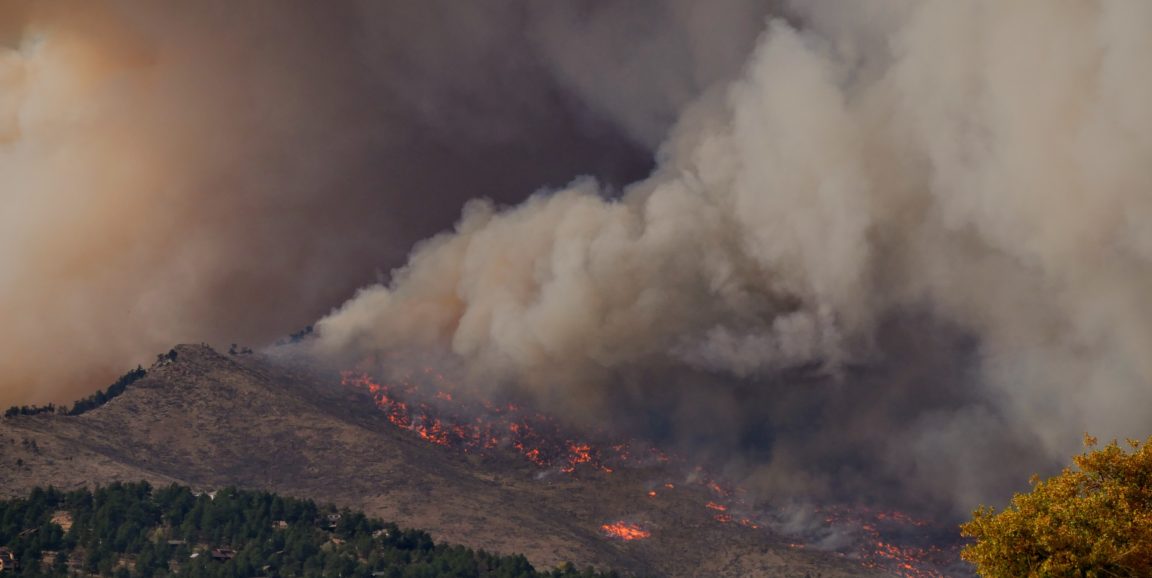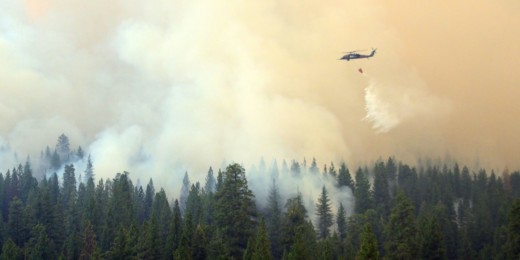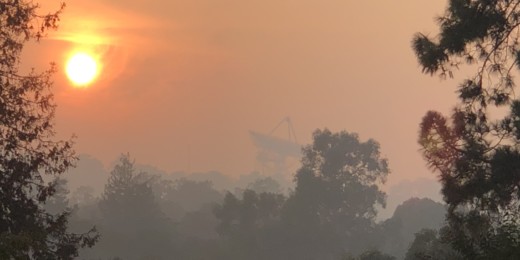Residents of the west coast, and particularly California, are begrudgingly growing accustomed to seasonal wildfires that threaten land, property and lives every summer and fall. Just this year, parts of Northern California suffered the largest single wildfire in the state's history, the Dixie fire, with more than 960,000 acres burned.
So how are we to protect ourselves? In an article originally reported by Stanford's BeWell, Mary Prunicki, director of air pollution and health research at Stanford Medicine and Lucile Packard Children's Hospital, weighs in on how to decrease health risks and stay safe during wildfire season.
Know your risk
Wildfires are here to stay, at least for the foreseeable future. So it's important to know your level of personal risk, the article said. Certain populations are more vulnerable to health repercussions from wildfire smoke. These populations include:
- People with pre-existing conditions, especially respiratory conditions, such as asthma or chronic obstructive pulmonary disorder;
- People older than 65, who are more likely to have cardiac health conditions spurred by wildfires;
- Pregnant people, for whom the smoke presents risk such as preterm birth;
- Infants and young children, whose small airways put them at greater risk for respiratory ailments;
- People recovering from COVID-19, who may have altered immune responses after infection.
People who are at a higher risk for wildfire-related health problems should limit smoke exposure whenever possible by staying indoors, wearing an N95 (or similar) mask or adding indoor air purifiers.
Be prepared
As with any emergency, it's crucial to prepare for potential wildfires. Try to limit your time outside when the air pollution is high. If it's not feasible to stay indoors, Prunicki suggests wearing an N95 mask that has a strong seal, which can protect your lungs from from harmful pollutants.
In addition, prior to wildfire season, it can be helpful to schedule an appointment with your health care provider to discuss medications or preventative measures that could help stave off a serious medical emergency, such as an asthma attack.
Prunicki provided a few additional suggestions for protecting yourself and your home during a wildfire.
- Filter your home air: Some centralized air systems can be configured to filter the incoming air, which can help keep larger particle pollutants out of your home.
- Consider purchasing multiple air purifiers: Most purifiers can't clean the air of an entire house, so it's worth considering investing in one for each room. If that's not feasible, consider having a "clean-air room" where you can spend most of your time, including when you sleep.
- Keep the smoke out: Block cracks, crevices and drafty doors or windows in your home to prevent smoke from filtering in.
- Make an evacuation go-bag: If you live in or near high-risk fire zones, pack a bag with non-perishable foods, water, N95 masks and critical medications for every member of the family.
- Protect your outdoor space: Thinning vegetation around your property and keeping combustible materials (like a grill) away from your home can help ensure that your home won't contribute to the spread of the fire.
Care for your mental health
For many people, wildfire season is stressful -- both mentally and physically. And because many opt to stay indoors during fire season, it can be isolating, which past studies have shown increases the risk of mental health conditions. Try to connect with friends and family virtually, or find safe ways to get together indoors.
In all, preparation and self-education are key to staying safe and mitigating wildfire-related health risks, the article notes.
To learn more about how to protect yourself during wildfire season, read the full article.
Photo by Malachi Brooks






